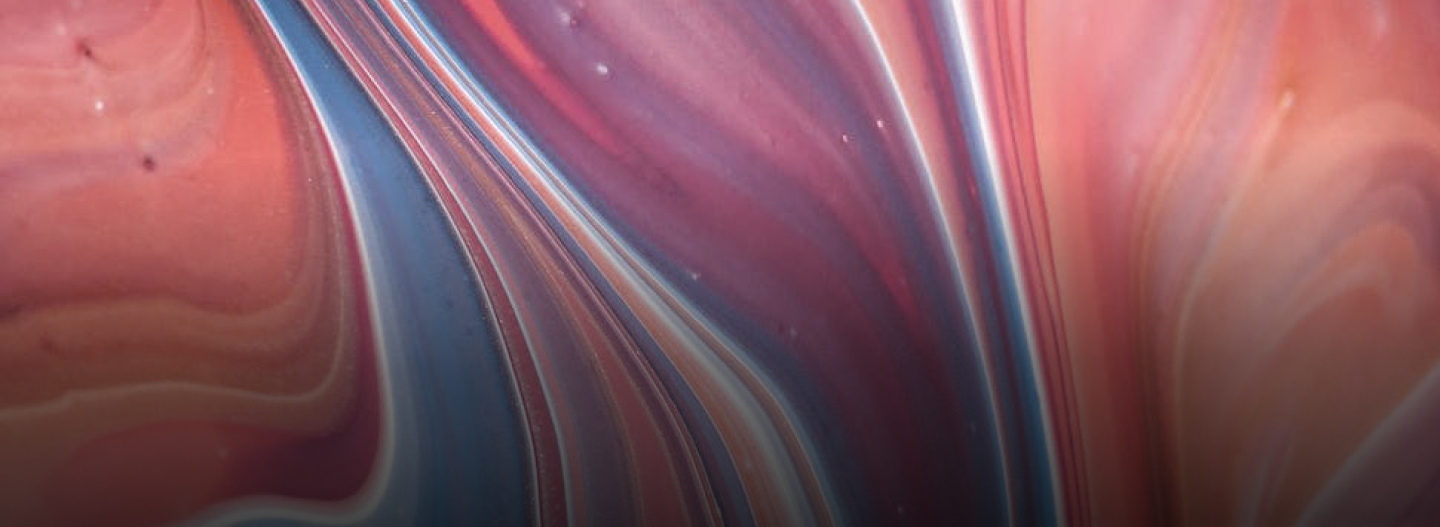Before diving into the nuances of color theory, it's important to first consider the colors you choose for your brand. Your brand colors will be used in all your marketing efforts, so it's essential to choose colors that are not only visually appealing but also align with your brand's values and message. In the following section, we'll explore how to choose the right colors for your brand and the impact this can have on your overall branding efforts.
Choosing the Right Colors for Your Brand
When it comes to choosing the right colors for your brand, it's essential to consider your target audience, the message you want to convey, and the emotions you want to evoke. Colors can convey specific meanings, so it's crucial to choose wisely. For example, blue is often associated with trust and stability, while red can evoke passion and energy. By understanding color psychology and applying it to your branding, you can create a strong, cohesive brand identity that resonates with your audience.
The Impact of Color on Consumer Behavior
The colors you use in your marketing campaigns can have a significant impact on consumer behavior, including their decision to purchase a product or service. For example, a study found that people are more likely to buy products that are presented in red packaging than in blue. By understanding the psychology of color and how it affects consumer behavior, you can create marketing campaigns that are more effective in driving conversions and sales.
Creating Stunning Color Schemes
Creating visually appealing color schemes that are both aesthetically pleasing and functional can be a challenging task. However, by applying the principles of color theory, you can create color schemes that are harmonious and visually balanced. This includes considering color contrasts, hues, and tones, as well as the use of complementary colors and the 60-30-10 rule.
In conclusion, color theory plays a crucial role in creating effective designs and marketing campaigns. By understanding the psychology of color, choosing the right colors for your brand, and creating visually appealing color schemes, you can create impactful designs that resonate with your target audience and drive conversions. Use the power of color to your advantage and take your design and marketing efforts to the next level.

 Jack Dorsey
Jack Dorsey


